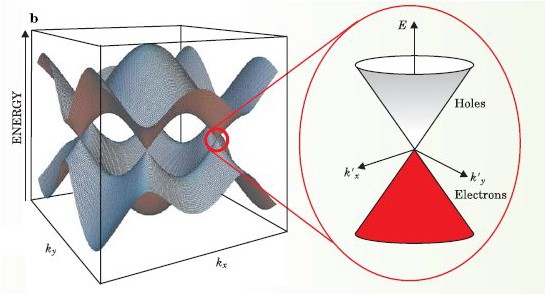Lecturer: Prof Emilio Artacho
This course is a brief self-contained pedestrian guide to Quantum Mechanics starting from scratch, Bloch theorem and Bloch functions. This is very basic, adequate for people with a background not quite in physics or chemistry (materials, engineering, bio, geo etc). The course will include a practical exercise (mini-project): students with coding skills will do a simple programme from scratch and plot simple tight-binding band structures of selected simple 3D solids. Students without coding skills can use a couple of simple 1D (2×2) models instead.
Topics include:
- Wave-function and meaning. Particle density. Norm, scalar product, orthogonality. Operators and observables. Eigenfunctions and eigenvalues. Momentum, position and angular momentum operators. Practical: Short exercises and easy proofs during the session.
- The Hamiltonian operator. Schroedinger’s equation: time dependent and time independent. Quantisation vs confinement. Free particle. Practical: Particle in a box.
- Probabilistic meaning and statistical characterisations: Expectation values, and matrix elements. Harmonic oscillator. 1D and 3D. Variational principle. Practical: Variational approach to harmonic oscillator. Degeneracies in 3D harmonic oscillator.
- Hilbert space, Dirac’s vector space and notation: Basis sets and matrix representation. Diagonalisation. Atomic orbitals. Practical: H2+ and chemical bond.
- Translational invariance: Bloch theorem. Bloch functions. Bands. Practical: 1D tight-binding.
- 3D Bravais lattices. Brillouin zones. Periodic boundary conditions. Practical: Tight-binding bands of selected 3D solids.

